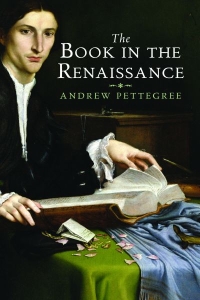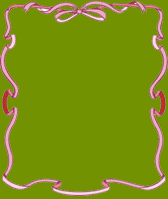- HOME
- INTRO TO THE FORUM
- USE AND MISUSE
- BADLY WRITTEN, BADLY SPOKEN
- GETTING
TO KNOW ENGLISH - PREPARING FOR ENGLISH PROFICIENCY TESTS
- GOING DEEPER INTO ENGLISH
- YOU ASKED ME THIS QUESTION
- EDUCATION AND TEACHING FORUM
- ADVICE AND DISSENT
- MY MEDIA ENGLISH WATCH
- STUDENTS' SOUNDING BOARD
- LANGUAGE HUMOR AT ITS FINEST
- THE LOUNGE
- NOTABLE WORKS BY OUR VERY OWN
- ESSAYS BY JOSE CARILLO
- How To Avoid Semantic Bedlam In The Usage Of The Word “Only”
- Why Is The Sentence “It Can Be Overcame” Grammatically Wrong?
- How Finite Verbs Differ From Non-Finite Verbs
- The Need To Avoid Officious Stock Phrases When Writing Or Speaking
- Sounding Profound By Quoting Someone Without Attribution
- Why We Need to Hyphenate Certain Compound Modifiers
- ABOUT JOSE CARILLO
- READINGS ABOUT LANGUAGE
- TIME OUT FROM ENGLISH GRAMMAR
- NEWS AND COMMENTARY
- BOOKSHOP
- ARCHIVES
READINGS IN LANGUAGE
This new section features links to interesting, instructive, or thought-provoking readings about the English language. The selections could be anywhere from light and humorous to serious and scholarly, and they range widely from the reading, writing, listening, and speaking disciplines to the teaching and learning of English.
In its earliest days, book printing wasn’t such a dignified enterprise
In modern times, many people look up to book publishing as one of mankind’s loftiest and most glamorous enterprises, little knowing that in its birth and youth during the Renaissance, printing books was such an unprofitable and ruinous undertaking that even Johannes Gutenberg, who revolutionized the industry by inventing the mechanical movable-type press, “died bankrupt and disappointed.” In The Book in the Renaissance (Yale University Press, 421 pages), Scottish historian Andrew Pettegree lucidly and authoritatively shows that far from being a dignified and stable industry, book printing in those days was “utterly dependent on patrons and markets, precarious strategies and the thwarting of piracy, and the ebb and flow of popular demand.”

Reviewing The Book in the Renaissance for the August 13, 2010 issue of The New York Times, Slate poetry editor Robert Pinsky lauds the book’s author for writing well and for his superb ability in gathering historical information. Unlike other historians of the printing revolution, Pinsky observes, Pettegree “refrains from explicitly comparing the technology of print, and its historical impact, with the technology of the Internet… This scholarly restraint, leaving his readers to compare and contrast, seems wise.”
According to Pinsky, a major insight of Pettegree from his history of the infancy of printing was that book authors only got a pittance for their labors. Producers of the physical book made most of the money, so “the best that the author could hope for was that the publication would enhance his career.” Thus, to get a little more profit from the sale of their books, some clever authors would involve themselves in production, arranging to supply paper for the printing of their own books. In any case, Pettegree explains, publishing during the Renaissance was largely a world “of posters, handouts, pamphlets, pictures, almanacs, prophecies, topical poems, hoaxes and one-page documents,” an industry whose strongest market potential was for “news, sensation, and excitement.”
Read Robert Pinsky’s review of The Book in the Renaissance in The New York Times now!
Read Christopher Hawtree’s review of The Book in the Renaissance in The Independent
ABOUT THE AUTHOR:
Andrew Pettegree is Head of the School of History at the University of St. Andrews and founding director of the St. Andrews Reformation Studies Institute. He lives in Scotland.
RELATED READING:
Science reporter Victoria Gill of BBC News reports that a research team is trying to unravel a linguistic mystery that surrounds symbol-inscribed stones in Scotland that predate the formation of the country itself. After using mathematical methods to quantify the patterns formed by the ancient symbols on more than 200 carved stones, the research team concluded that the sysmbols are probably “words” rather than images. “It’s like finding a menu for a restaurant [written in English], and that being your sole repository of the English language,” says the leader of the research team, Professor Rob Lee of Exeter University in the UK.
Read Victoria Gill’s “Ancient language mystery deepens” in BBCNews.co.uk now!
Click to read comments or post a comment
View the complete list of postings in this section
(requires registration to post)






